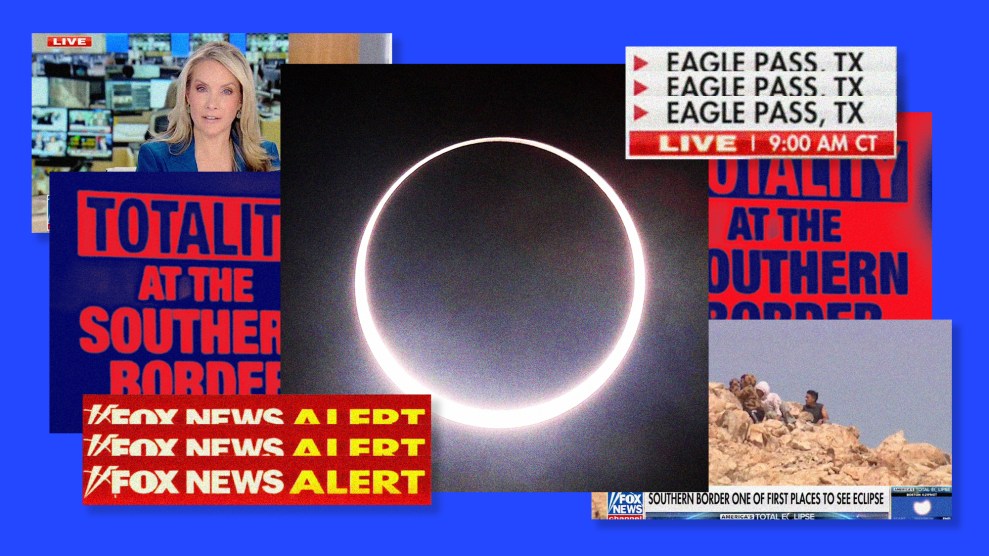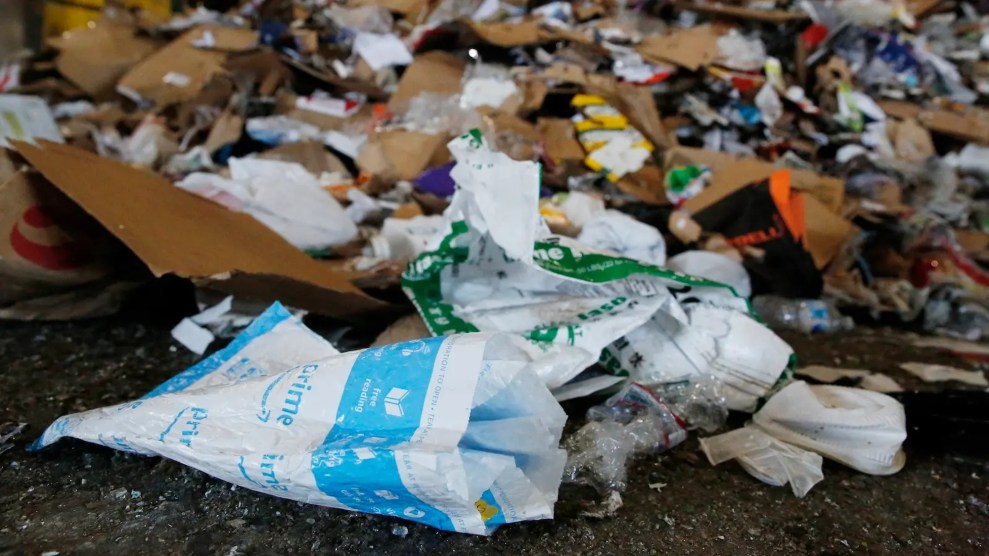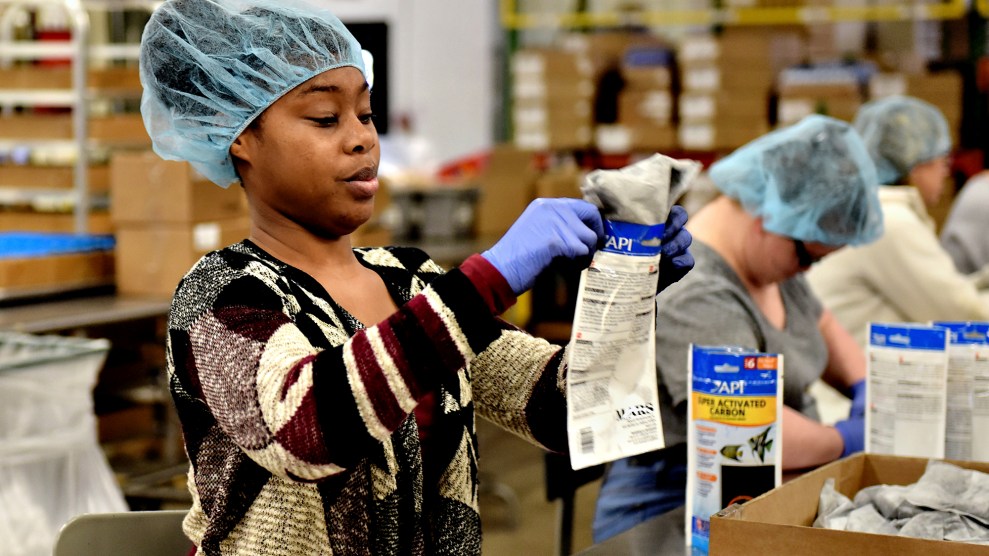In the New York Times yesterday, Allan Hubbard, director of the National Economic Council, made the usual flimsy arguments for Health Savings Accounts—Bush’s plan to “reform” health care. I thought this plan was mostly dead-on-arrival, but perhaps the administration’s making a renewed push. Well, in that case, everyone should re-read Jon Cohn’s article in The New Republic on why HSAs are a terrible idea—they shift risk from the healthy to the sick, perversely. But we can do the short version here. Hubbard:
Health care is expensive because the vast majority of Americans consume it as if it were free. Health insurance policies with low deductibles insulate people from the cost of the medical care they use — so much so that they often do not even ask for prices.
Well, even if this was true, HSAs wouldn’t change a thing. The general and widely-quoted rule of thumb is that 20 percent of the population is responsible for 80 percent of the nation’s health care costs. The people in this 20 percent, those who tend to go in for major surgery and emergency care and the like, will almost always rack up costs well over the $2,000 deductible they’d have with an HSA, after which their catastrophic coverage will kick in. And once that happens, they’ll be consuming health care “as if it were free.”
So HSAs won’t have the slightest effect Hubbard’s talking about on the vast majority of health care spending in the United States. At the margins, you might see some savings—that is, ignoring all the other problems with HSAs. But fundamentally? They won’t address rising health care costs. (At any rate, rising health care costs in the future are likely inevitable—a natural consequence of the fact that health care keeps improving and people want to use it to live longer and healthier. The key question will be how to make sure that health care is more or less equitable, which is not remotely the case at the moment—and HSAs won’t do a thing about that.)
MORE: Here’s a good Wall Street Journal piece on how Hubbard has started a new push to sell HSAs to the public. The Times op-ed, apparently, is just the start.












